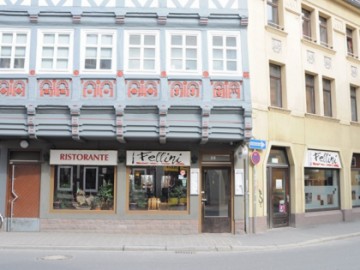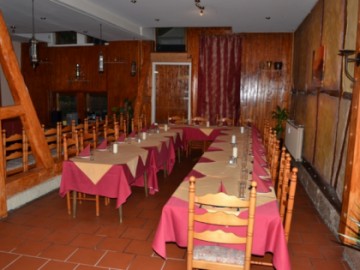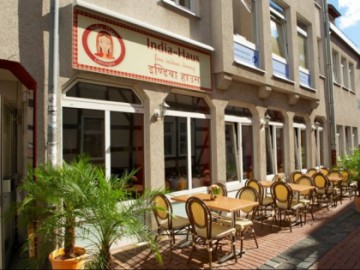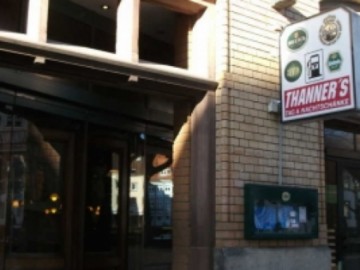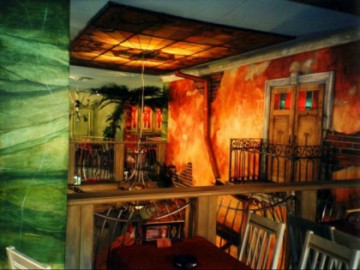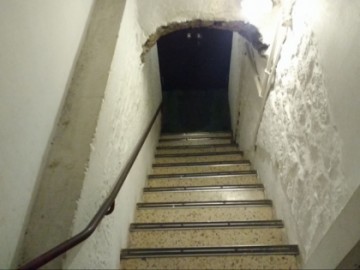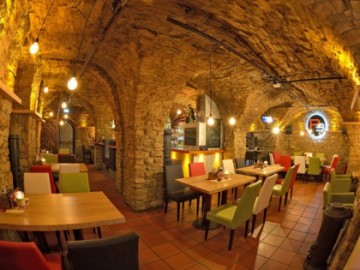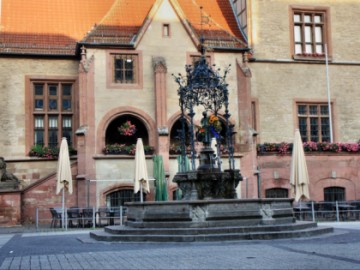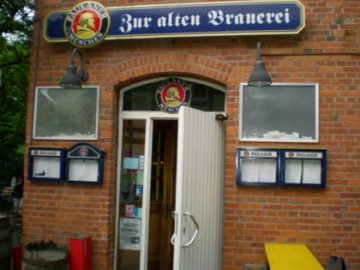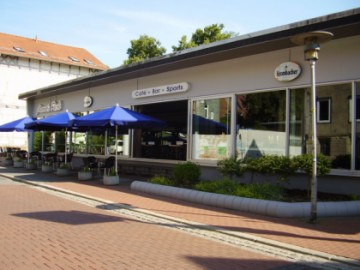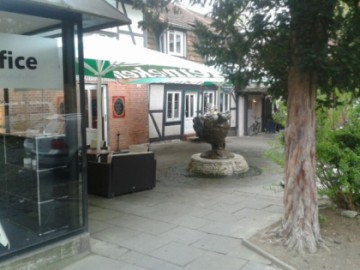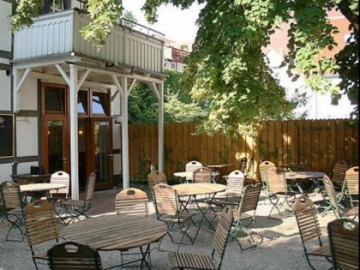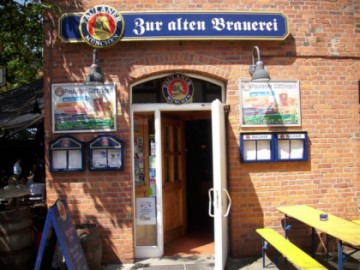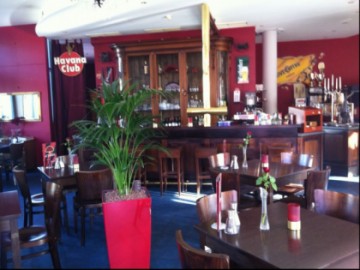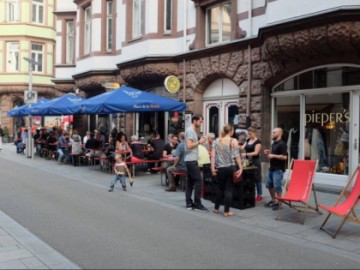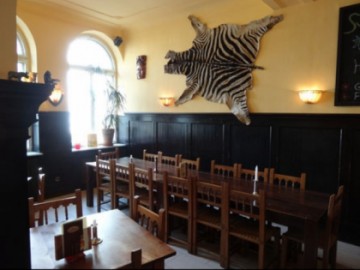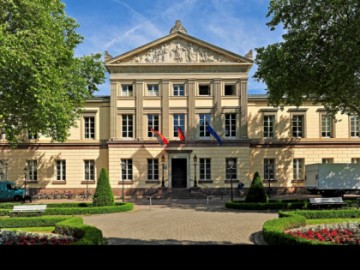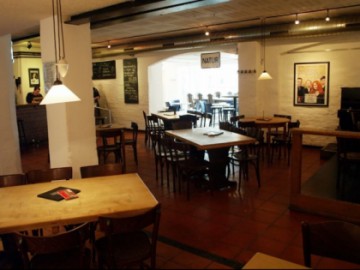The Oldest Church in Göttingen - St. John’s Church
The high towers of St. John’s Church, standing next to the old Town Hall, are considered one of Göttingen’s symbols. The massive Gothic sandstone building was built in the XIV century on the site of the old Romanesque church, which stood here since the XII century. In 1896, the church interior was renewed in the Neo-Gothic style. In the middle of the XX century a large organ by Paul Ott was installed in its western nave.
The Southern tower of the church is notable for the city's main clock and bells. In the north tower caretakers lived for over 500 years. The tradition was interrupted in 1921. After that they began lending the empty room to students. They were exempted from charges; in return they had to open the tower to visitors. At the time, one of the radar inventors, Arthur von Hippel, found shelter here. St. John's Church left its marks in the history of science, when in 1833 mathematician Carl Friedrich Gauss and physicist Wilhelm Weber used it in a famous experiment to create the first electromagnetic telegraph line. In 2005, the north tower was almost destroyed in an arson attack, but was quickly reconstructed. You can climb up the tower with a group tour, but only from May to September and only on a Saturday afternoon.
